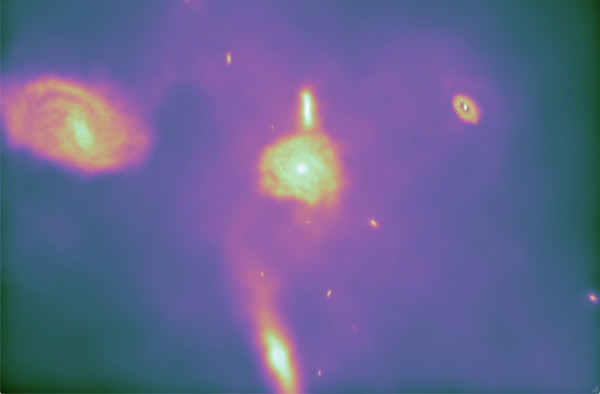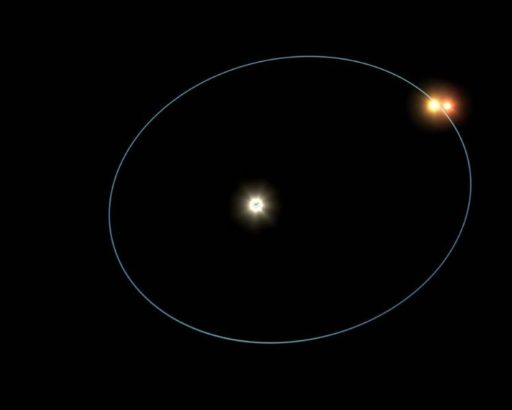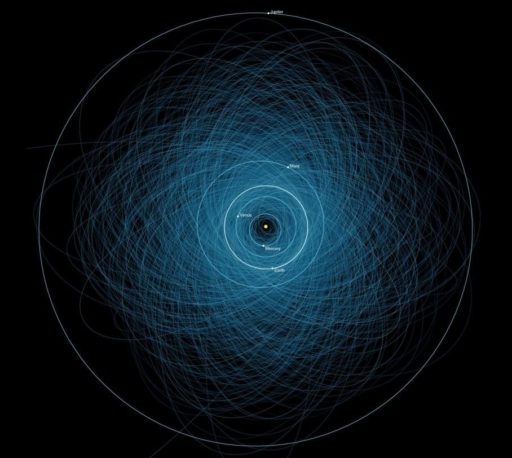For long, mankind has wondered about the universe in which we live in. While in older days, most of thoughts about it were limited to speculation or intelligent guesses. In modern days, advanced equipment and machines has made it possible to make fairly accurate guesses. A team of researchers has now used a supercomputer to create a simulation of the life of universe after Big Bang.
This mighty feat has been accomplished by scientists at the Harvard-Smithsonian Center for Astrophysics (CfA) and the Heidelberg Institute for Theoretical Studies. For their research and to create the simulation, they made use of 1024 core supercomputers. In modeling the life of the universe, they tried to recreate 10 billion years of universe’s life.
The simulation starts at 4 billion years after the Big Bang and then show the development of stars and galaxies over the next 10 billion years. With the help of such a powerful computer, researches have been able to use better modeling techniques. They used Arepo, a software which uses a flexible grid on which to model space.
In the earlier models, space was being divided into discrete cubes. Mapping it on a flexible grid, on the other hand, is far better and effective. Although the video is merely about a minute long, it took the researchers a few months to render it. The team intends to create more similar simulations in the future and model other different parts of the universe at a high resolution. Watch the video below to traverse 10 billion years in a matter of seconds.
Source: CfA
Courtesy: The Verge




